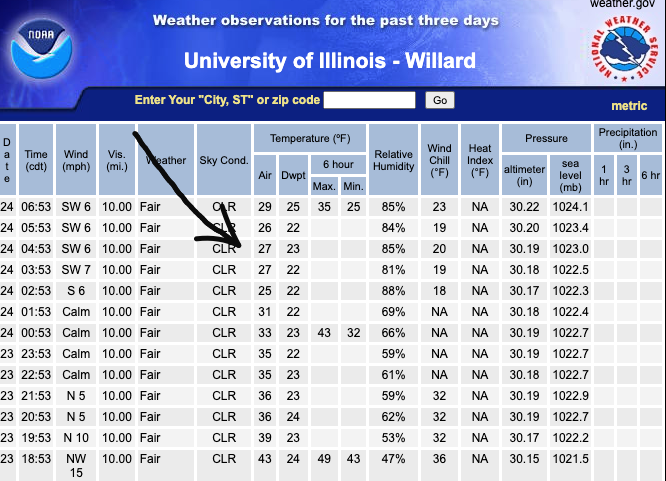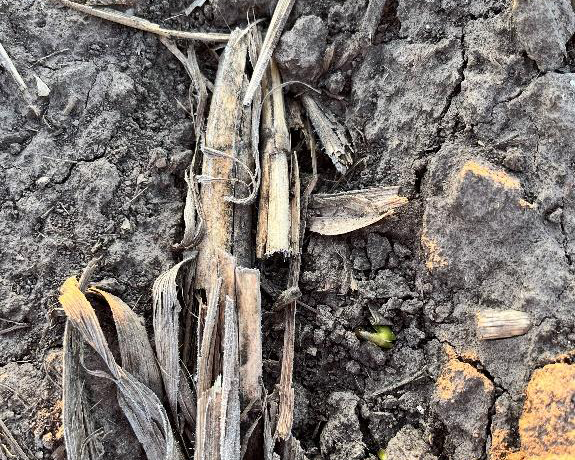AGRONOMICSUPPORT
YOU CAN TAKETO THE FIELD
A Late April Update to Illinois Soybeans: Frosty Temperatures
A recent frost covered most of Illinois, putting some of the state’s planted soybeans in jeopardy.
According to Eric Snodgrass, air temperatures from the University of Illinois Willard airport in Champaign dipped below 32 for six hours the morning of April 24.

While some of the beans planted on April 10 and 11 have emerged, the ones planted on April 12 and after are below the soil surface and were protected by the soil.
Here are a few things to remember when it comes to soybeans:
- Soybeans can take 32-degree conditions for 3-4 hours. Young soybean plants have high sugar content, which gives them a buffer against cold temps for a few hours.
- When temperatures dip below 32, soil surfaces don’t get as cold as the air. Soils act as a buffer from the air, and typically are a few degrees warmer than the air temperature.
- Plants’ response to frost will vary, depending on which levels of emergence they’re at. Beans in the unifoliate stage are more vulnerable than ones in the cotyledon stage. Beans just breaking through the surface are more protected, thanks to proximity to the warmer soil.

Because of the frost, we will lose some of these beans. Some will split off the growing point and come off with two auxiliary buds, while some will show no effect at all. Soybean plants that turn black and get squishy are no longer alive.
To determine damage to your soybeans – and what needs to be done – patience is key. You might need to wait up to a week to get the full picture.
If you’ve lost some of your planted soybeans, reach out to your local LG Seeds agronomist for help figuring out next steps.






Agronomy Team